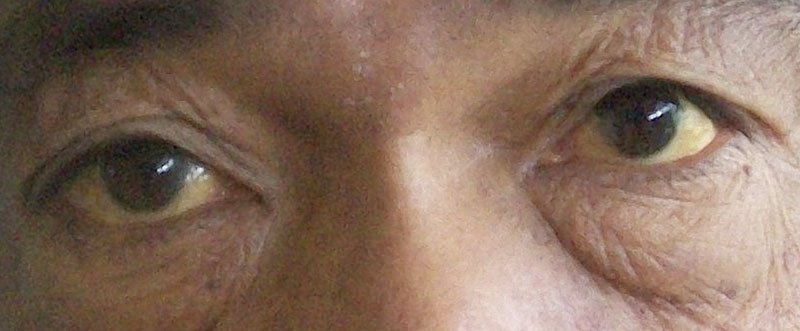Spectacles
So you have been told you need to wear glasses? Did you respond to the news with despondence, hesitation, and doubt? Most people when informed of their need for glasses are not the happiest about it, forgetting the fact that better vision will improve their quality of life so much that they will forget about the fact they have to wear glasses.
Besides, spectacles are fast becoming a style statement, and a fashion accessory, with celebrities and movie stars wearing, and advertising for, the same!
General guidelines for choosing a frame best suited to your face are enumerated below.
| Shape of face | Shape of frame |
|---|---|
| Heart shaped | Round, square |
| Round | Square |
| Oval | Smaller frame |
| Long | Oval, round |
| Square | Oval, round |
| Triangular | Oval, round |
However, the best thing to do is to carry your prescription to the nearest optical shop and try on as many frames as you want, till you find the perfect shape and fit, customized to your needs.
The next decision to be taken is to decide the kind of lenses you would like fitted into your chosen frame. The following are the broad sub-types available, arranged in the order of decreasing refractive index and increasing lens thickness, that is, higher the refractive index, lesser the thickness of the glasses you wear. Except for the crown glass, all others are plastic materials and lightweight.
| Lens material | Refractive index | Salient features of the lens |
|---|---|---|
| High index plastic | 1.70-1.74 | The thinnest lenses available. Block 100 percent UV. Lightweight. |
| High index plastic | 1.60-1.67 | Blocks 100 percent UV. Lightweight, less expensive and thinner than 1.70+ high index plastic |
| Tribrid | 1.60 | Thin and lightweight. Significantly more impact-resistant than CR-39 plastic and high-index plastic lenses (except polycarbonate and Trivex) |
| Polycarbonate | 1.586 | Block 100 percent UV. Light-weight Impact resistant |
| CR 39 | 1.498 | Excellent optics, low cost Thick lenses |
| Crown glass | 1.523 | Excellent optics, low cost Thick lenses, breakable |
Your optician will also offer you the following add-ons to make your glasses more effective:
Anti-scratch coating: All plastic glasses are more prone to scratches and abrasions than glass lenses. Therefore, all plastic and high-index plastic lenses require a factory-applied anti-scratch coating for adequate lens durability.
Anti-reflective coating: An anti-reflective coating eliminates reflections in lenses that reduce contrast and brightness, especially at night. They also make the lenses nearly invisible, with no irritating glints and reflections in photographs. It is especially important in case of high-index lenses, as they cause a significant glare. People who work for long hours on screen devices are also often advised an anti-reflective coating.
UV-blocking treatment: Exposure to the sun’s harmful ultraviolet radiation has been associated with age-related eye problems including cataracts and macular degeneration. Polycarbonate and nearly all high-index plastic lenses have 100 percent UV protection built-in, but others need an added coating for UV protection.
Photochromic treatment: These lenses darken automatically in response to the sun’s UV and high-energy visible (HEV) light rays to act like sunglasses and then become clear when indoors. In case of an active outdoors lifestyle, these present an easy option.
Reading Glasses
In case you have been prescribed glasses, you can decide to have a separate pair of glasses for reading alone. If you also need glasses for distance, this can prove to be cumbersome if you keep switching between glasses all the time. In which case, bifocal lenses are an easy and economical option.
Bifocal lenses offer clear distance and near vision, clearly separated by a visible line. The difference is also noticeable on the spectacles as either a straight line bisecting the glasses or more often, a sideways D, demarcating the reading area of the lenses. Bifocals also do not correct for intermediate distances, as required for computer use.
Presbyopes, who want a smoother blend between distance and near vision are therefore offered multi-focal lenses with no visible line separating the larger distance portion and the smaller near segment. These are also called progressive lenses and are significantly more expensive.
Contact Lenses
In case you do not fancy glasses, or if your refractive error is such that your doctor would prefer contact lenses for you, here is a handy guide to aid your choice, in discussion with your prescribing ophthalmologist.
The two categories of contact lenses are defined by the material they are made of, and their permeability to oxygen: hard and soft.
- Hard lenses being used currently are rigid, gas-permeable (RGP) lenses, and hold their shape, yet allow the free flow of oxygen through the lenses to the cornea. RGP lenses are preferred in case of high astigmatic error, which cannot be corrected by soft contact lenses. They may be offered to patients with allergies, and those who have a tendency for protein deposition.
- Soft lenses are the first choice for most patients since they are comfortable and come in many variants:
Daily-wear lenses are the most economical, must not be worn for more than eighteen hours, or at night. These can be reusable or disposable.
Disposable lenses are more expensive but have much greater ease of use. They are removed at night and replaced on a daily, weekly, biweekly, or monthly basis. Disposable lenses are preferred in patients with allergies, and those who tend to have protein deposits on their contact lenses.
Extended-wear lenses may be worn overnight but must be removed at least weekly for thorough cleaning and disinfection. These are not often recommended due to an increased risk of infection and contact lens intolerance.
Colored contact lenses are contacts that can make your eye color different. These can be used for cosmetic reasons even in people who do not need glasses but must always be prescribed by an eye care professional. Like all contact lenses, they carry a risk of dry eyes, injury, infection and vision loss.
Toric soft contact lenses may correct astigmatism but are not as efficient as RGP lenses. These are also more expensive than other contact lenses.
Bifocal or multifocal contact lenses are available in both soft and RPG varieties. They can correct nearsightedness, farsightedness, and astigmatism in combination with presbyopia. Like bifocal glasses, these lenses mean that the patient does not need to have a pair of glasses for reading.
In case you do not want the hassle of spectacles or problems related to contact lenses, you can always discuss the various options available for surgeries for removal of glasses with your treating eye doctor.






